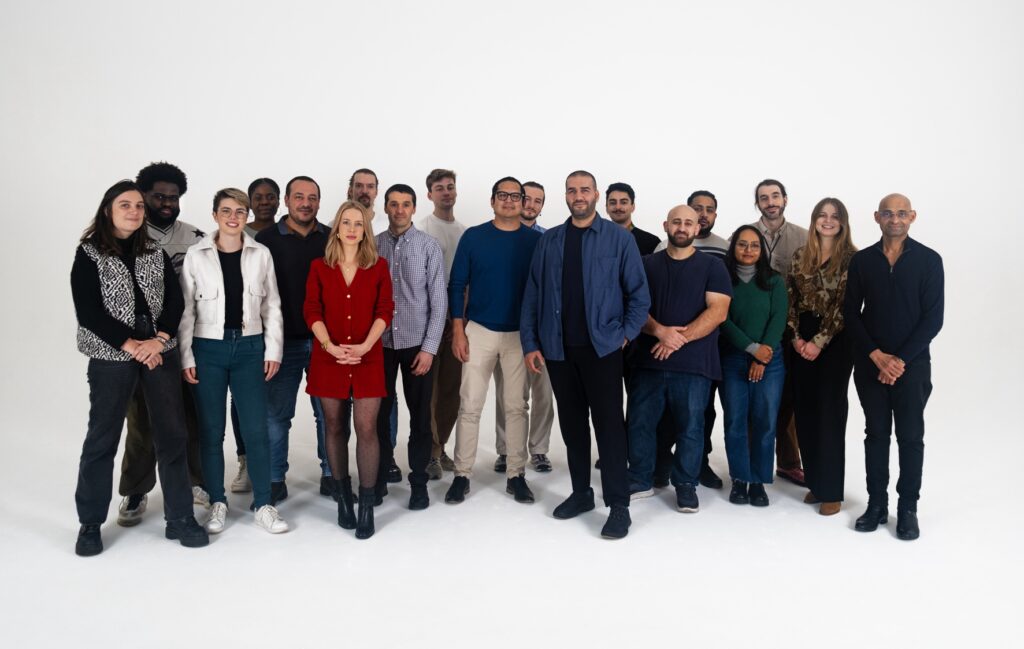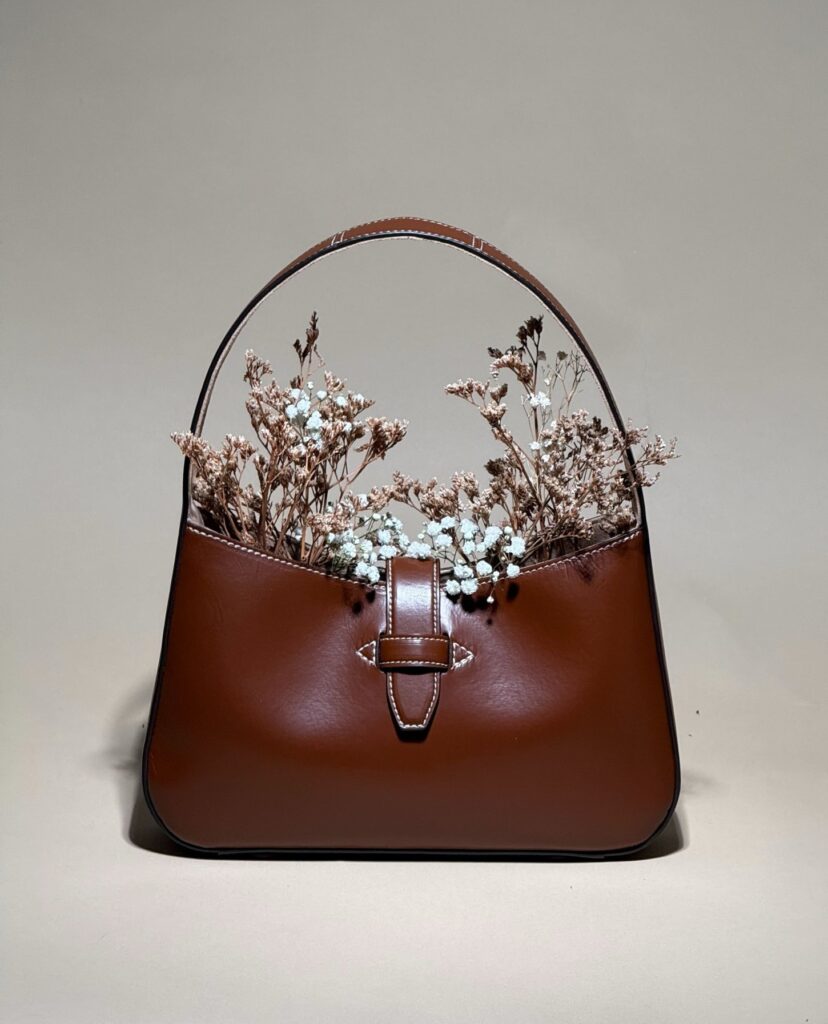4 Mins Read
Already working with major luxury brands, French cultivated leather startup Faircraft has raised $15.8M in funding to scale up operations.
France may be the second largest exporter of leather in Europe, but a company based in its capital is hoping to disrupt the planet-harming industry with a version grown from animal cells.
Parisian startup Faircraft has closed a $15.8M funding round to expand its team and develop machinery to scale up production of its cultivated leather and meet the growing demand for alternatives to animal hide.
The company was backed by several investment funds, including Kindred Ventures, Cap Horn, Sake Bosch, Entrepreneur First, Alliance for Impact, Blue Wire Capital, and Herloom, as well as French state-owned bank Bpifrance.
Faircraft has also released its first handbag, tanned using traditional methods and made by Parisian leather artisans. It is also working with luxury fashion and leather goods brands in the city on further product development.
How Faircraft makes its cultivated leather

Faircraft was founded in 2021 by Haïkel Balti and César Valencia Gallardo, with a 20-strong team specialising in applied research and industrialisation. The fresh capital will allow the startup to hire more engineers and biologists, as well as create product development teams.
The company is leveraging cellular biology to develop low-carbon materials for a broad range of applications. Its cultivated leather is derived from the skin cells of animals, which are made to replicate the structure and composition of conventional leather via cellular agriculture.
While previously seen as a byproduct of meat and dairy production – prompting advocates to tout its biodegradability and longevity – critics argue that leather is more of a co-product. And in many cases, it is the primary product, and producing it is an energy– and water-intensive process linked to deforestation and biodiversity loss.
Apart from the animal rights aspect, leather production also has a much higher carbon footprint, at 110kg of CO2e per square metre, compared to synthetic and plant-based alternatives. Faircraft’s cultivated leather, however, generates 90% fewer CO2 emissions and 95% less waste, and requires 80% less water to produce.
Plus, animal-derived leather releases lots of health-harming chemicals during tanning. Faircraft’s cell-based version relies on master tanners who specialise in luxury leather to perfect the finish of its material, safeguarding the interests of those who make their livelihoods from the industry. The result is a material with “outstanding touch and feel properties, amazing transformability and low environmental footprint”.
“The luxury market is built on tradition – timeless craftsmanship, unmatched quality, and a commitment to excellence,” said Kanyi Maqubela, managing partner of Kindred Ventures. “Leather has long been the cornerstone of the fashion industry, valued for its timeless appeal and durability – but its production comes with steep environmental costs.”
“Faircraft’s lab-grown leather is a breakthrough for brands and consumers who refuse to compromise between quality and sustainability, and we’re proud to support them as they scale operations and bring this revolutionary product to market.”
Cost reductions a major focus

The startup holds two patents for its tissue engineering tech, and has a standardised process that it says is suited to scalability. And while its costs make the cultivated leather more expensive than its animal counterpart, the company claims it’s on a “clear trajectory” towards achieving price parity.
“Lab-grown leather represents a major evolution that goes far beyond the fashion industry, and uses cutting-edge technologies to honour ethical considerations,” said Balti. “It enables the creation of unique pieces with minimal environmental impact, while offering new possibilities to leather artisans and designers.”
Speaking to WWD, he explained: “We managed to reduce the cost of the raw materials we use 500 times compared to medical grade lab-grown skin models, which was the reference when we started, while making sure we produce a material that is highly qualitative for the leather goods segment.
“We are now accelerating the tech transfer by partnering with French and European companies for some of the steps, and further automating the steps that we are keeping in-house. This will allow us to decrease the operational costs five to 10 times within the next two years, which is what we need to reach price parity.”
While synthetic leather has been around for a while, most of it contains plastic, which takes up to 500 years to break down and, as an industry, emits more greenhouse gases than the entire aviation sector. Plastic-based leather can also shed toxic microplastics that enter waterways and destroy marine life and the food system.
This is why cultivated leather is becoming more popular, as it can replicate the look, feel and smell of the original (and tanned using traditional processes), but with none of the detriments of plastic to the environment.
US startups Modern Meadow and VitroLabs, UK-based Lab-Grown Leather Ltd and 3D Bio-Tissues, and Dutch player Qorium are among the other companies innovating in this category.



